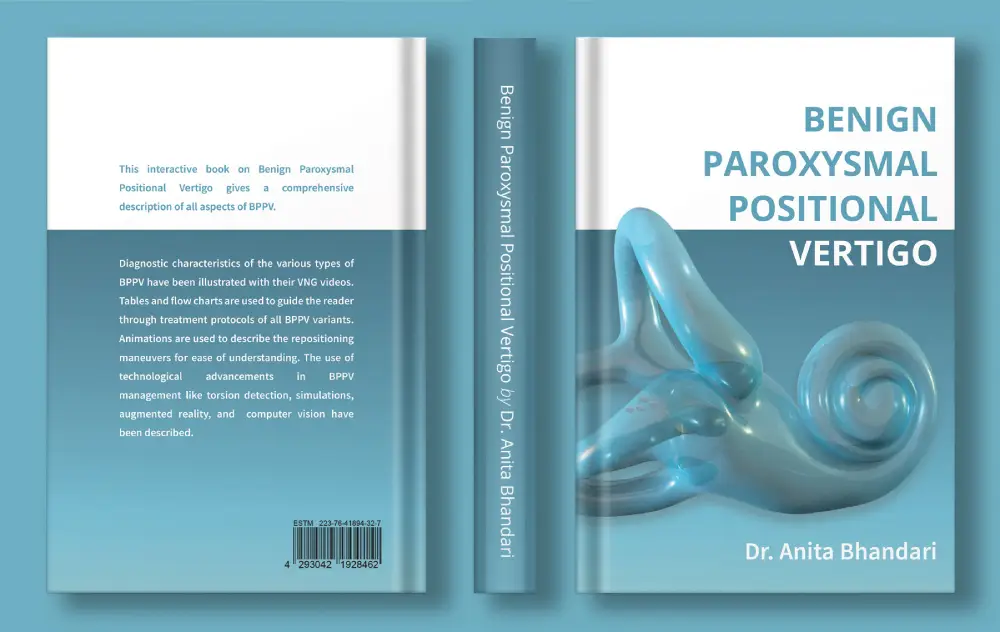Benign Paroxysmal Positional Vertigo (BPPV) is one of the most common causes of vertigo and dizziness. People with BPPV often experience brief episodes of spinning sensations triggered by changes in head position, such as rolling over in bed or looking up. These episodes usually last a few seconds, though some individuals may report lingering dizziness or a feeling of heaviness in the head.
BPPV occurs when tiny calcium carbonate particles, called otoliths (or “ear stones”), become dislodged from their usual location in a part of the inner ear called the utricle. These particles move into one of the semicircular canals, fluid-filled structures that help with balance. When the head moves, the otoliths shift within the fluid of the semicircular canal, stimulating balance nerve fibers. This sends incorrect signals to the brain, causing the sensation of spinning.
There are three semicircular canals in each ear, and the specific canal affected determines the type of BPPV. Currently, 14 variants of BPPV have been identified. To diagnose the exact type, healthcare providers perform positional tests, such as:
Each type of BPPV causes characteristic eye movements, known as nystagmus, which can be observed during these tests. These patterns help pinpoint the location of the otoliths within the canals. For example:
Nystagmus patterns are best detected using advanced tools like Video Nystagmography (VNG).
BPPV is treated using repositioning maneuvers designed to move the otoliths back to their original location in the utricle. The type of maneuver used depends on the nystagmus pattern and the affected canal. Commonly used maneuvers include:
Proper diagnosis and precision in maneuvering are essential for effective treatment.
Dr. Anita Bhandari’s Vertigo and Ear Clinic offers cutting-edge facilities for diagnosing and treating BPPV, including:
Dr. Anita Bhandari’s Vertigo and Ear Clinic has one of the world’s most advanced BPPV research lab where the following facilities are available:
